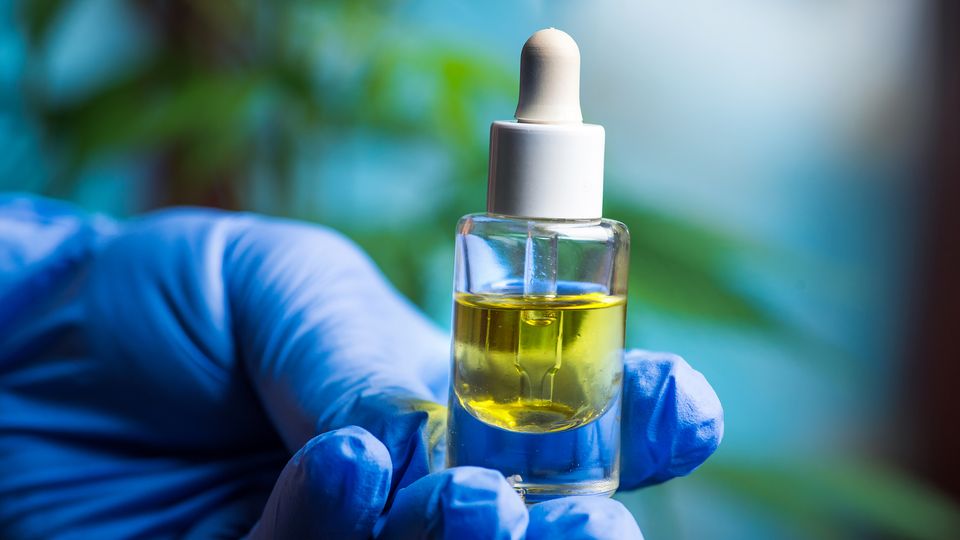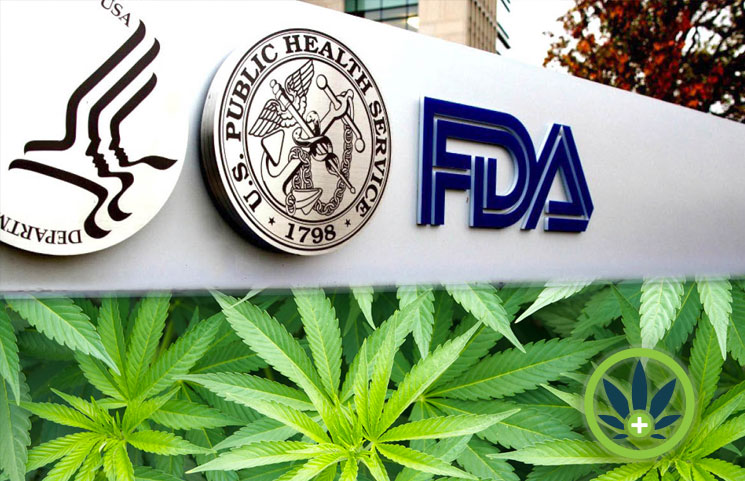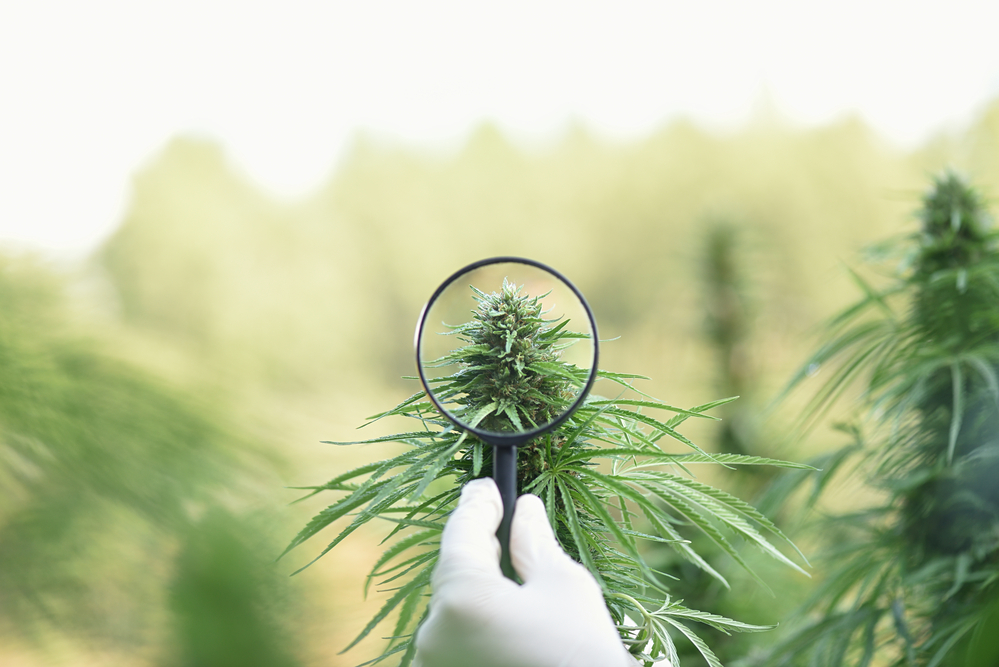
The distinction between indica and sativa is not as obvious as you might think. Like strawberry ice-cream tastes better than chocolate, neither one is better. Most people enjoy both types, and the availability of hybrid strains makes the choice easy. It is important to know what each has in common. If you suffer from high blood pressure, Sativas aren't for you, and vice versa.
Sativas can have energizing and uplifting effects
Sativa strains are known for their energizing effects, which can be beneficial for a variety of purposes, including improving work attitudes and social interactions. People who are usually lazy can use sativas to help them stay active and engaged. Some of these effects are positive, while others are negative, and a combination of both can have a balancing effect. Here are some examples.
Indicas have energizing and calming effects
Indicas not only have an energizing effect, but also make you feel sleepy. Indicas are excellent for insomnia and chronic pain. Indicas can also make it difficult to sleep if consumed in high amounts. Indicas may also be helpful for those suffering from anxiety, depression or insomnia. It is important to avoid cannabis use before driving, operating machinery, or being awake when you are high.

Sativas won't treat high blood pressure
In recent years, people have started experimenting with Nigella sativa seed oil as a treatment for hypertension. The oil of the plant is thought to lower blood pressure and is used in many Asian cooking techniques. One study involved 70 healthy volunteers who were either given 2.5ml of N. Sativa oil twice daily, or a placebo over eight weeks. They were then surveyed at the baseline as well as at the endpoint.
Sativas tend to be shorter
Sativas are the most popular type of marijuana, despite being much shorter than indicas. They are often associated with high THC levels, while indicas contain fewer traces of the psychoactive compound. Sativas also tend to have more prominent terpenes, such as limonene and beta-caryophyllene. Sativas may produce a creative high or a calming feeling of wellbeing.
Indica plants make a great indoor plant.
Indica plants are well-known for their resin-filled buds. These strains are native to the Asian highlands. They can withstand the dry climate. They do not tolerate mold and bud decay like other types of plants. To maintain healthy buds, ensure proper ventilation. Air circulation can be improved by trimming stems and leaves. The proper humidity level is important to prevent mold. Here are some tips to help keep your indoor marijuana plant happy and healthy.
Sativas are naturally anti-bacterial
The active components in N. sativa could be used to reduce the levels of bacteria in human stool, according to researchers. These compounds can react with viruses as well as proteins. These compounds can't destroy human pathogens. The body breaks down proteins into amino acids, which are then converted to carbon dioxide, ammonia and water. Liver enzymes convert toxic ammonia to nontoxic urea.

Anti-inflammatory properties of sativas
C. sativas refers to a variety of cannabis plants that possess anti-inflammatory qualities. The cruciferous famiy includes a variety of cannabis species, including sativas, indicas, and hemp. Sativa is well-known for its anti-inflammatory qualities, which could explain its long history of drug use. Sativas can inhibit the production of COVID, which is a key factor in the inflammatory response.
FAQ
Is CBD a good company to invest?
As people learn more about the benefits of hemp-based products, the market for them continues to grow. By 2022, the market for hemp-based products will reach $1 billion.
Market growth is expected to continue at a rate of more than 20% annually until 2020 when it will reach $2.5 billion.
Hemp oil can be found in many beauty and health products, including lotions, shampoos and lip balms, moisturizers and body butters.
Many companies also make CBD-infused snacks, pet food, treats, and other food products.
CBD is currently legal across all 50 states. But, this may change in the near future. As more research is conducted into the potential uses of CBD, more laws will likely be passed, making it easier for businesses to operate legally.
These are all factors that make CBD investments a viable venture.
Which states are the biggest consumers of CBD?
California, Colorado, Oregon, and Washington are the three top states. These states have large numbers, high incomes, and low rates of unemployment. They also have a higher number of hemp farms compared to other states.
California is leading the way, as its economy is heavily dependent upon agriculture. It produces most of the nation's vegetables and fruits. Because cannabis comes from the same plant that hemp, this makes sense.
Oregon and Colorado follow closely behind as both states produce medical marijuana. California and Oregon, however, don't allow recreational use of marijuana.
Other high-ranking states include Washington, New York and Florida.
What are the most effective uses of CBD?
The best use for CBD is as an alternative treatment for anxiety. It is also used to treat pain, insomnia, epilepsy, inflammation, depression, and other conditions.
There are many ways you can consume CBD. CBD can be consumed in many ways.
There are many benefits to consuming CBD. It has been shown to help people suffering from chronic pain, PTSD, anxiety, and more.
Is CBD a viable option?
Yes. The answer is no, not because of its medicinal benefits, but because it helps people feel better without getting high.
People who want an alternative to prescription medications will love the fact that you don't feel any different after you use it.
There is ample evidence to support the claims that cannabis can relieve pain, anxiety, depression, insomnia, among other conditions.
Cannabis also contains cannabinoids which interact with receptors in our brains. This interaction can produce feelings of relaxation, well-being, and even a sense of well-being.
It is essential to learn about CBD oil and its effects if you want to use it for health reasons.
Can I use CBD during pregnancy?
The research on CBD use in pregnancy is still lacking.
However, CBD does not appear to be a danger to the baby based upon the limited information.
Pregnant women shouldn't take CBD unless they are advised by their doctor.
A recent warning was issued by the Food and Drug Administration about possible risks from CBD consumption during pregnancy.
FDA stated that there was evidence that marijuana use during pregnancy might increase the risk for miscarriage.
The agency stated that further research is required before a firm conclusion could be drawn.
Where can I get CBD products?
CBD can be purchased online or in local shops. Online retailers tend to offer better deals. You will find that many websites sell CBD products made using industrial hemp, which contains less than 0.3% THC.
Local shops are a good option if you prefer to shop locally.
Many states now allow CBD products to sold without a prescription. CBD products may be available at your local pharmacy if the state you reside is one of them.
You may even be able to get CBD products delivered directly to your door.
What does the future hold for the CBD Industry?
The future is bright for the CBD industry. It's easy to see why so many people are jumping on board with this sector. This market is expanding exponentially with CBD products being purchased globally at a total of $1 billion.
In fact, according to Statista, global sales for cannabidiol (CBD) were expected to reach $22.4 billion in 2019. That's an increase of almost 200% from 2018!
The CBD market is also forecast to grow at 22.5% compound annual growth rate, which would result in nearly $6.8B in revenue by 2022.
This is great news, both for new companies and those that are already active in the industry. However, we must be aware that the CBD market is still very much in its infancy and will face some challenges along the way.
Statistics
- however, one study also found that these effects were virtually abolished when the original media (a nutrient broth agar) was replaced with one containing 5% blood (increasing the minimum concentration to ~160 μM CBD) [179]. (ncbi.nlm.nih.gov)
- A recent systematic review of human trials also reported that individuals with epilepsy receiving CBD (5–20 mg·kg−1·day−1) were more likely to experience decreased appetite than those receiving placebo (i.e., ~20 vs. 5% of patients) (ncbi.nlm.nih.gov)
- HR −16 mmHg; 95% CI −26, −6; I2 = 92%) (ncbi.nlm.nih.gov)
- The inhibition of FAAH is predicted to lead to an increase in brain and plasma concentrations of AEA, which acts as a partial agonist at CB1R and CB2R, thereby increasing endocannabinoid tone [92, 110]. (ncbi.nlm.nih.gov)
- The use of these products is likely to become even more widespread if the World Health Organization's recommendation that CBD no longer is scheduled in the international drug control conventions is adopted by the United Nations member states [201]. (ncbi.nlm.nih.gov)
External Links
How To
What are the major issues facing the CBD industry in general?
The market for CBD products continues to grow at an amazing rate. Businesses looking to get into this market face many obstacles. There are many challenges facing businesses looking to enter this space, including low consumer awareness, high costs of entry and limited access to capital.
Many consumers aren't aware of the benefits and limitations of CBD. This means that consumers are unable make informed decisions about purchasing CBD products.
CBD companies heavily rely on word-of-mouth advertising. This is costly, as it requires advertising and the hiring of staff to promote their brand.
Another problem for new entrants to CBD is the high price of production. CBD products require a lot of raw materials. CBD oil can only then be produced if the hemp has been grown in a specific environment.
It takes approximately $1,000 per acre to grow enough hemp to process into CBD oil. As a result, many small farmers cannot afford to start.
Another challenge new entrants face in the CBD market is the lack of access to capital. Due to the stigma surrounding the industry, banks discourage many people who wish to start businesses.
Finally, there is regulatory uncertainty surrounding the sale of CBD products. There are currently not clear guidelines as to how CBD products should marketing.
Despite some states having passed laws restricting the sale CBD products, this is not yet a national policy.
Only Nevada and Maine have so far legalized recreational marijuana.
Massachusetts and Michigan, however, are exploring similar options.
These changes could mean that CBD manufacturers will be more competitive.
Many entrepreneurs prefer to work at home over starting a business.